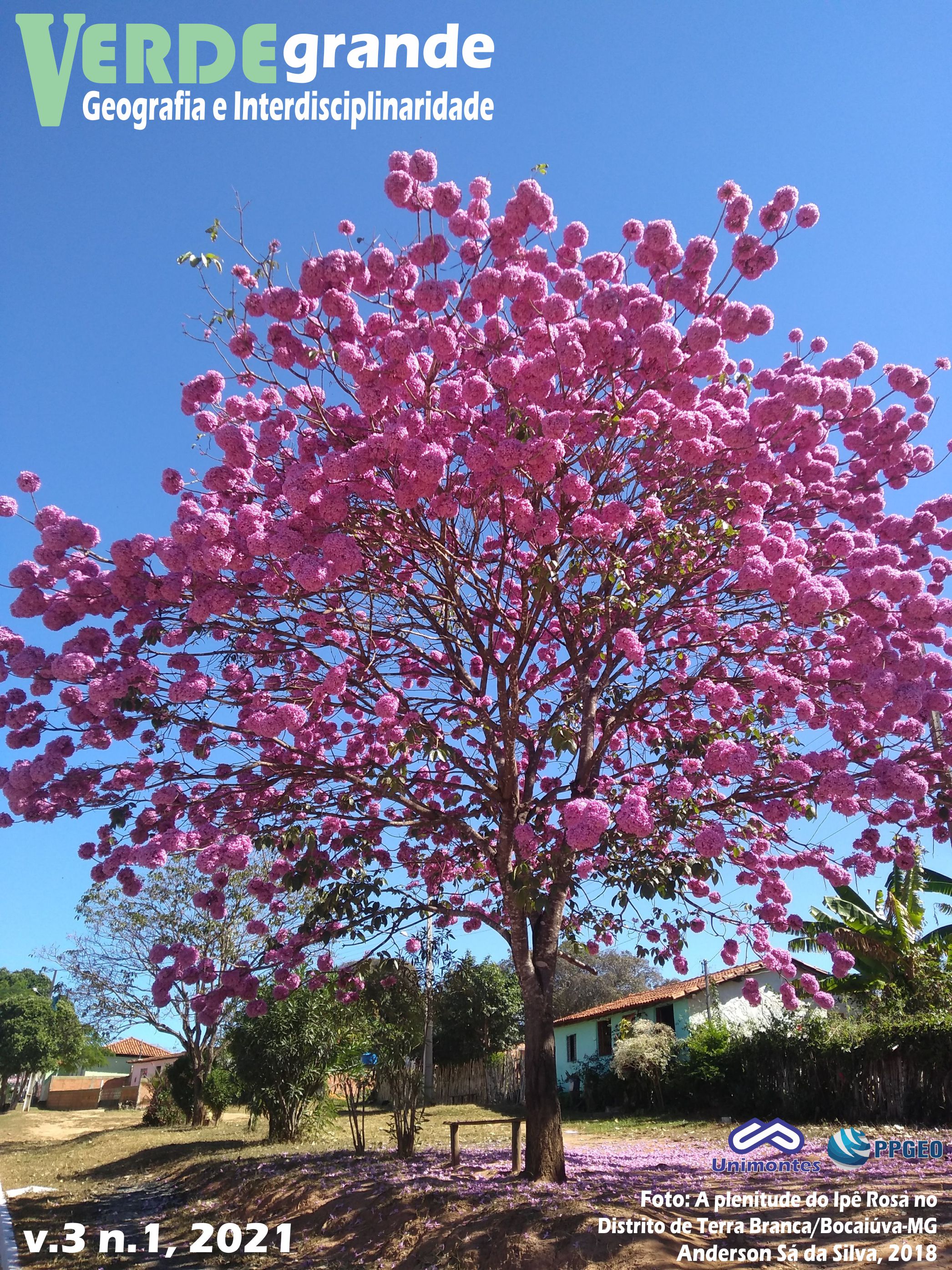Environmental Education and its practices as an exercise of citizenship in the Basic School
DOI:
10.46551/rvg2675239520211106123Keywords:
Environment; Awareness; Interdisciplinarity.Abstract
Environmental Education is of paramount importance to society, especially with regard to raising awareness of individuals in relation to the environment in which they operate, always aiming at an excellent quality of life without harming the environment. Therefore, this approachin the educational field must be implemented through dialectics and interdisciplinarity, with the aim of establishing relationships between the use of natural resources and the balance between man and the environment. Therefore, this study analyzed the importance of the Environmental Education approach in Basic Education, such as the challenges faced by educators in school practice for the effective exercise of citizenship. Among the observed difficulties, the greatest emphasis was on limiting pedagogical and financial resources, assisting methodological materials, shortage of teacher training to address the diverse peculiarities and specificities of the theme, content gaps for interdisciplinary practices, resistance to interdisciplinary work and insecurity in environmental approaches. These reasons reduce advances in the school context, since they have a great responsibility in the formation of sensitive and participative citizens, capable of spreading knowledge and developing positive actions for society.
Downloads
References
ATANASIO, Claudia Mira; GANDOLFI, Sergius; RODRIGUES, Ricardo Ribeiro. Manual de Reflorestamento Ambiental. São Paulo: Secretaria do Meio Ambiente, 2006.
BRASIL, Código Florestal Brasileiro, Lei Nº 4.771/65. Disponível em https://cetesb.sp.gov.br/licenciamento/documentos/1965_Lei_Fed_4771.pdf. Acesso em 15. dez. 2020.
CASTRO, Dilton. Práticas para restauração da mata ciliar. / Org. Dilton de Castro; Ricardo Silva Pereira Mello e Gabriel CollaresPoester. -- Porto Alegre: Catarse – Coletivo de Comunicação, 2012.
BRASIL, EMATER-RO. Entidade Autárquica de Assistência Técnica e Extensão Rural do Estado de Rondônia. 2002. Disponível em: http://www.emater.ro.gov.br/ematerro/2018/12/20/anater-promove-a-capacitacao-de-extensionistas-da-emater-ro-em-elaboracao-e-execucao-de-projetos-sociais-para-o-terceiro-setor/ Acesso em 20 jan.2021.
FERREIRA, Robson Soares. Et al. Áreas degradadas: Técnicas de Reflorestamento Ambiental. Revista Científica Multidisciplinar Núcleo do Conhecimento. Ano 04, Ed. 06, Vol. 11, p. 71-84, 2019.
FONSECA, J. J. S. Metodologia da pesquisa científica. Fortaleza: UEC, 2002. Apostila. Disponível em http://www.ia.ufrrj.br/ppgea/conteudo/conteudo-2012-1/1SF/Sandra/apostilaMetodologia.pdf. Acesso em: 18dez. 2020.
FUKS, H.; RAPOSO, A.B.; GEROSA, M. A. Engenharia de Groupware: Desenvolvimento de Aplicações Colaborativas. XXI Jornada de Atualização em Informática, Anais do XXII Congresso da Sociedade Brasileira de Computação, V2, Cap. 3, 2002.
GOMES, Marco Antônio Ferreira.Água: sem ela seremos o planeta Marte de amanhã. Disponível em: http://webmail.cnpma.embrapa.br/down_hp/464.pdf. Acesso em: 15 dez. 2020.
KAGEYAMA, P. Y. et al. Recuperação de Áreas Ciliares. Editora da Universidade de São Paulo. Fapesp. São Paulo. 2000.
KAGEYAMA, P. Y. et al. Restauração da Mata Ciliar – Manual para recuperação de áreas ciliares e microbacias. Projeto PlanáguaSemads/GTZ. São Paulo. 2002.
LORENZI, H. 1949.Árvores Brasileiras: manual de identificação e cultivo de plantas arbóreas nativas do Brasil. Vol 1. 5. Ed. Nova Odessa-SP: Instituto Plantarum.2008.
NORONHA, Daisy Pires; FERREIRA, Sueli Mara S. P. Revisões de literatura. In: CAMPELLO, Bernadete Santos; CONDÓN, Beatriz Valadares; KREMER, Jeannette Marguerite (orgs.) Fontes de informação para pesquisadores e profissionais. Belo Horizonte: UFMG, 2000.
SCHINKE, Gert. Ecologia Política. Santa Maria: Tchê! Editora, 1986.
SMA. Secretaria de Meio Ambiente do Estado de São Paulo. Cadernos da Mata Ciliar, 2009. São Paulo: SEMA/SP. V.2. p.01-36, 2019. Disponível em: http://arquivos.ambiente.sp.gov.br/municipioverdeazul/2013/05/Cadernos-de-Mata-Ciliar-1_Preserva%C3%A7%C3%A3o-e-recupera%C3%A7%C3%A3o-de-nascentes_2004.pdf
SMA. Secretaria de Meio Ambiente do Estado de São Paulo. Projeto de Recuperação de Matas Ciliares – Nota Conceitual. São Paulo: SMA, 2004.
Downloads
Published
How to Cite
Issue
Section
License
Copyright (c) 2021 Iara Maria Soares Costa da Silveira, Túlio de Oliveira Ruas, Nayara Ferreira Elias

This work is licensed under a Creative Commons Attribution-NonCommercial-NoDerivatives 4.0 International License.
You are free to:
Share — copy and redistribute the material in any medium or format
The licensor cannot revoke these freedoms as long as you follow the license terms.
Under the following terms:
Attribution — You must give appropriate credit, provide a link to the license, and indicate if changes were made. You may do so in any reasonable manner, but not in any way that suggests the licensor endorses you or your use.
NonCommercial — You may not use the material for commercial purposes.
NoDerivatives — If you remix, transform, or build upon the material, you may not distribute the modified material.
No additional restrictions — You may not apply legal terms or technological measures that legally restrict others from doing anything the license permits.


















 Esta obra está licenciada com
Esta obra está licenciada com 